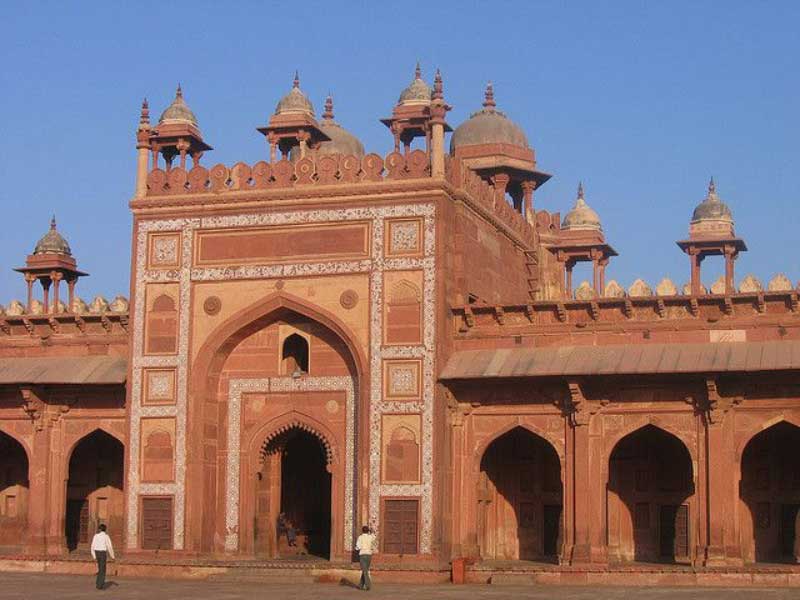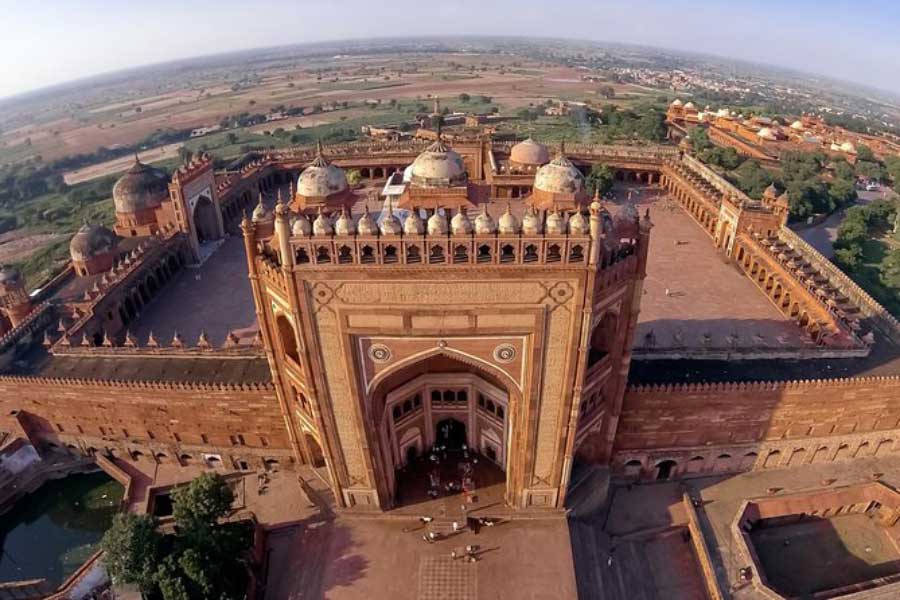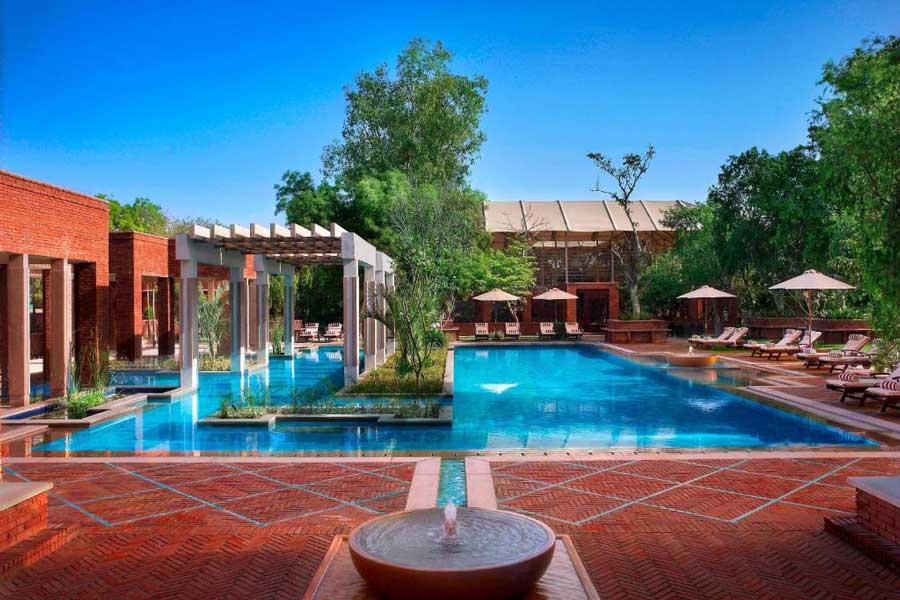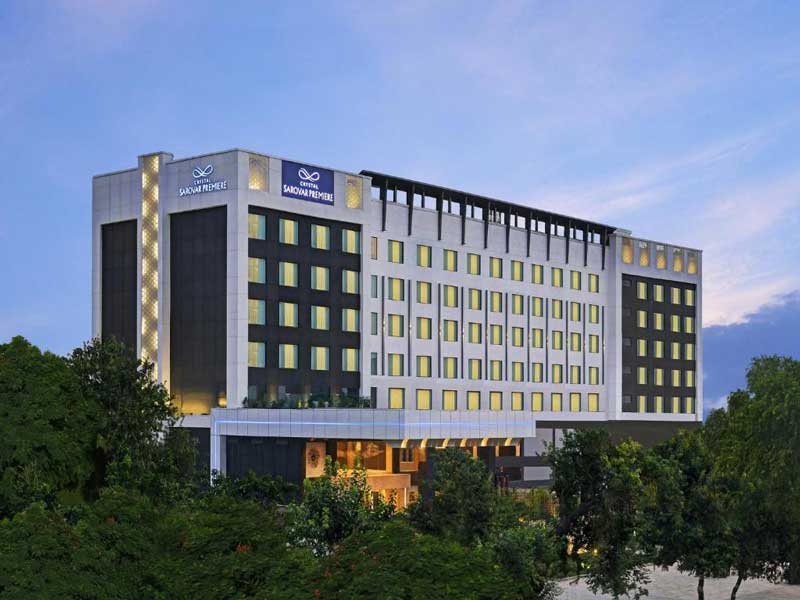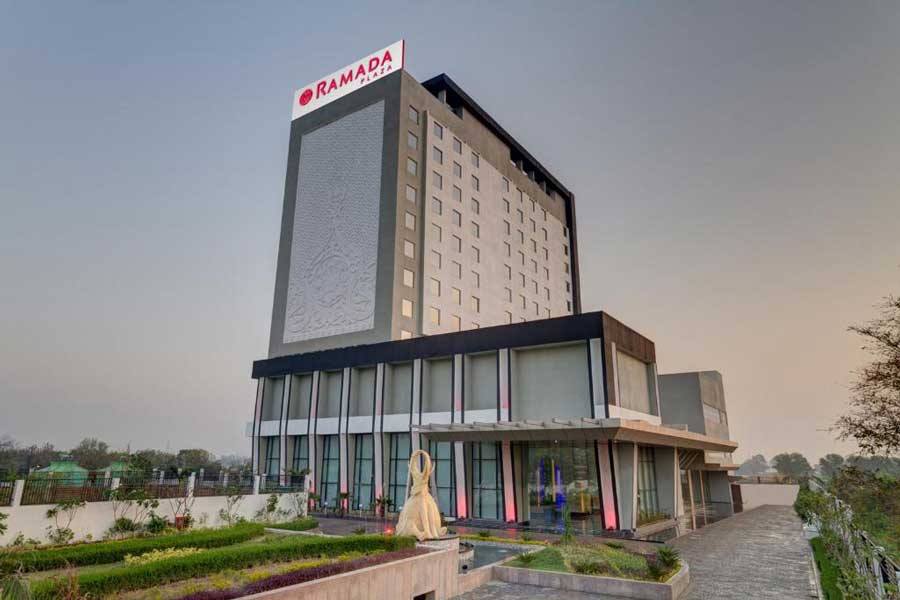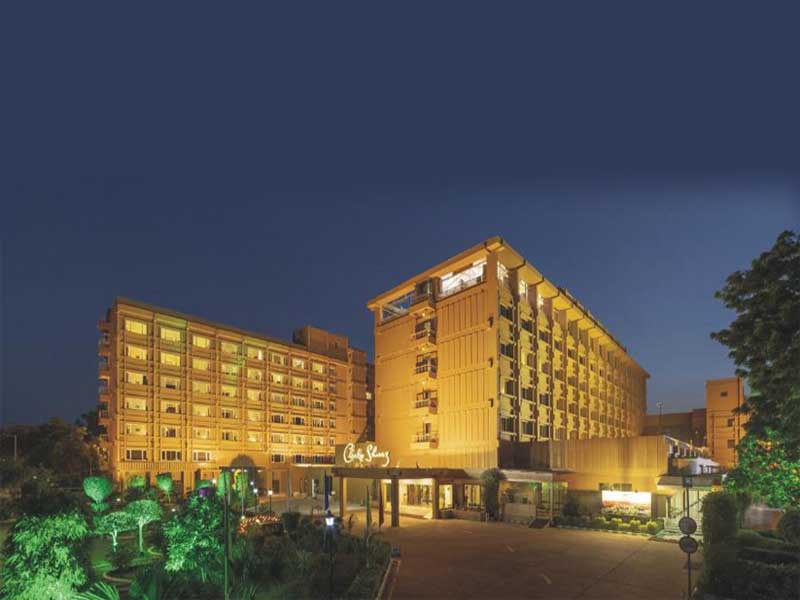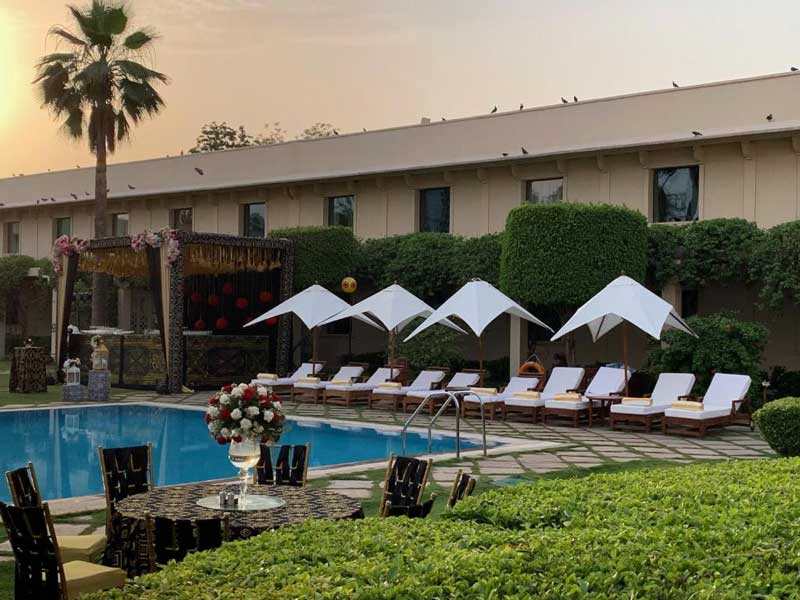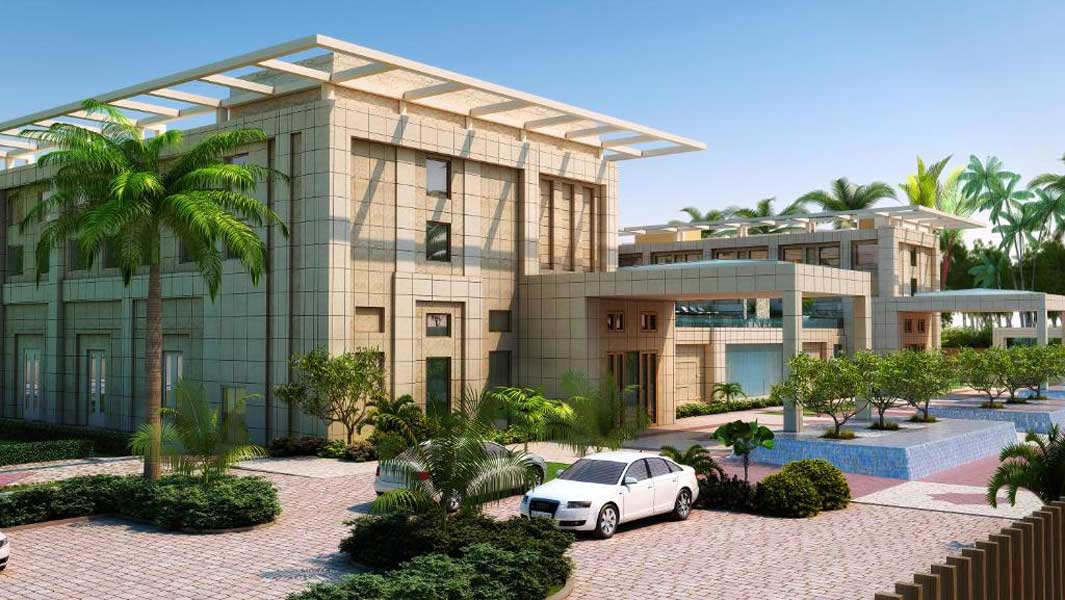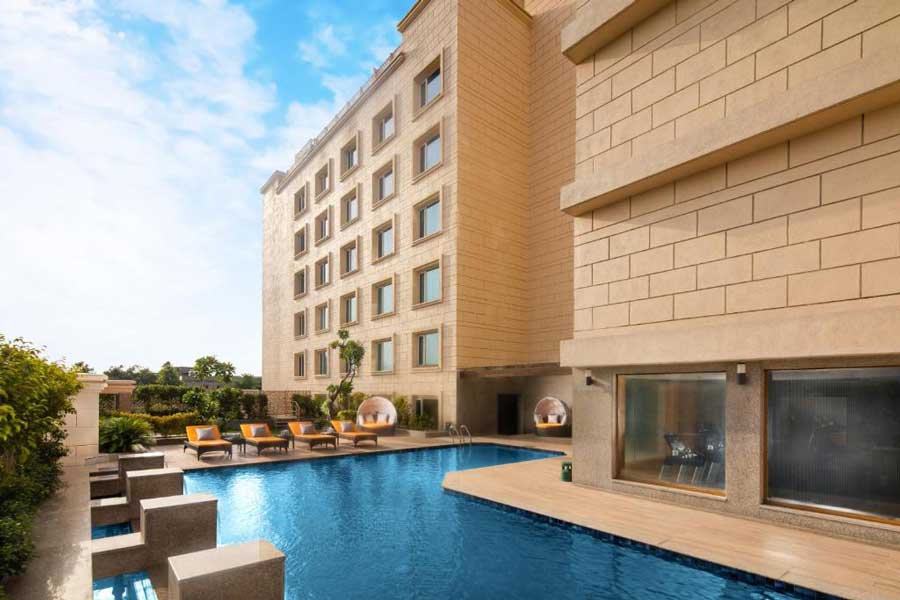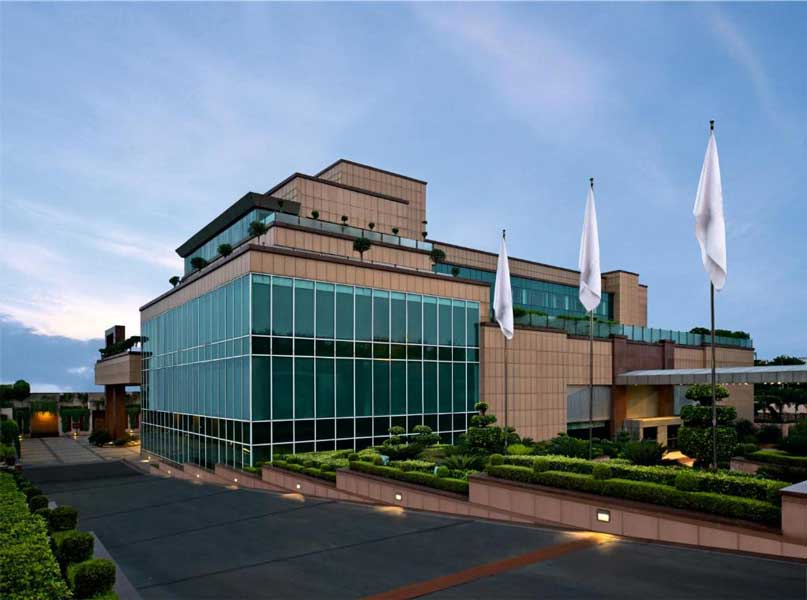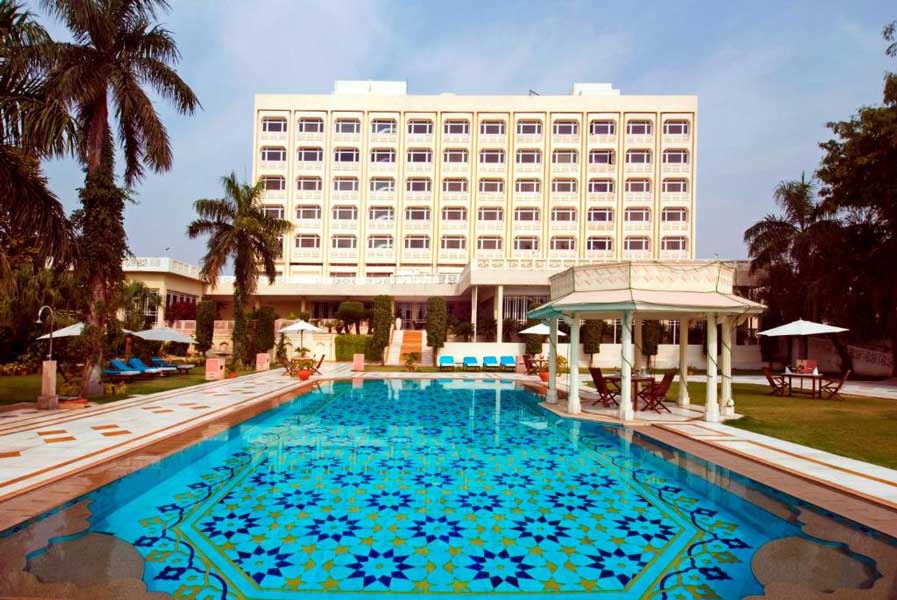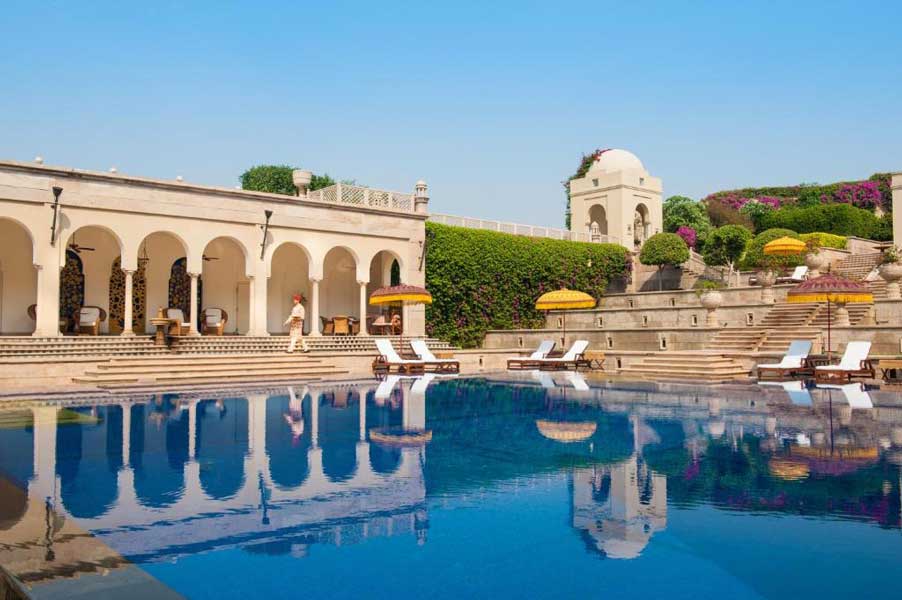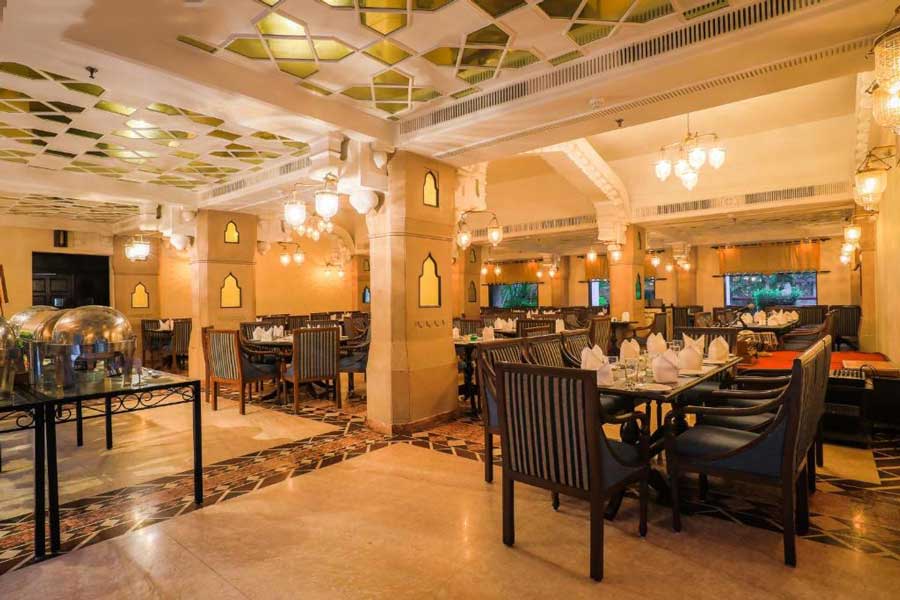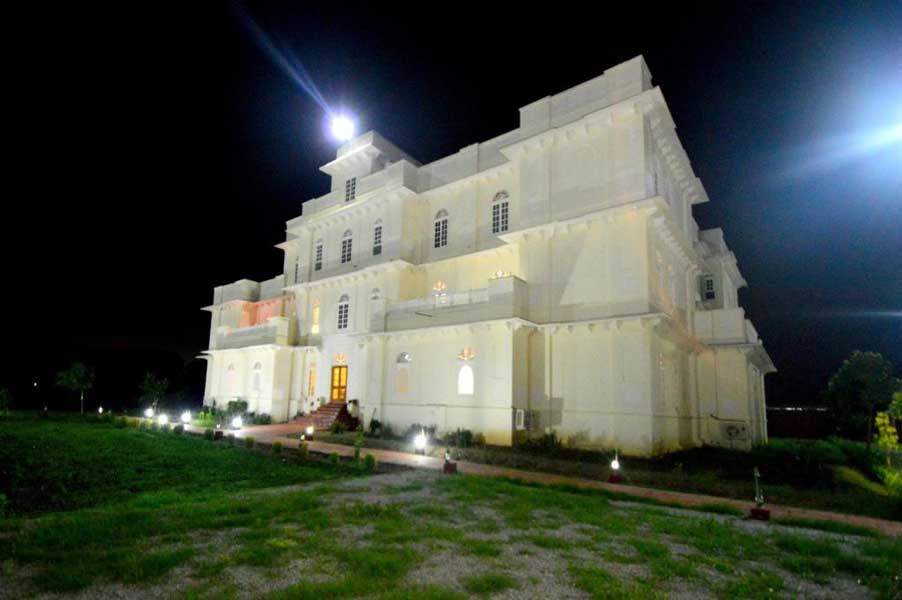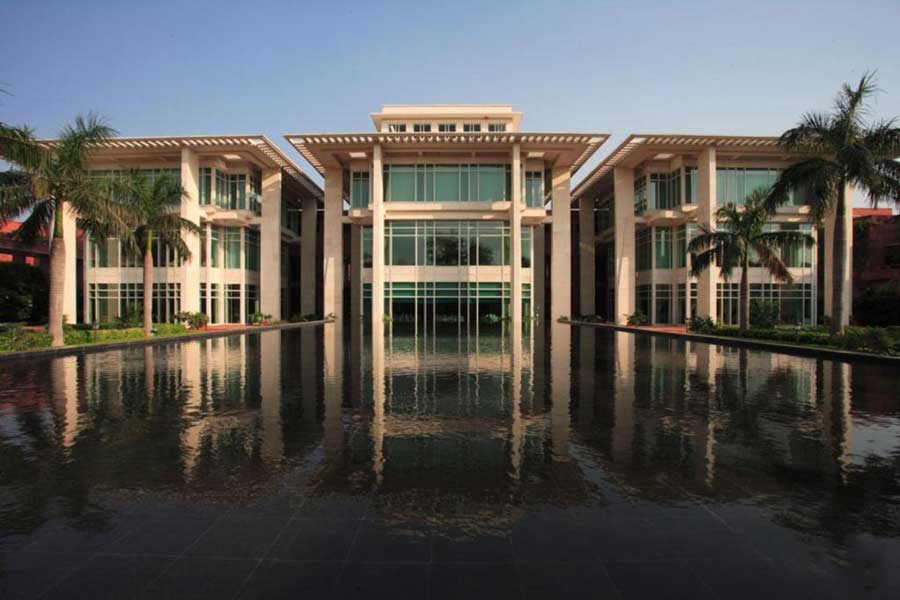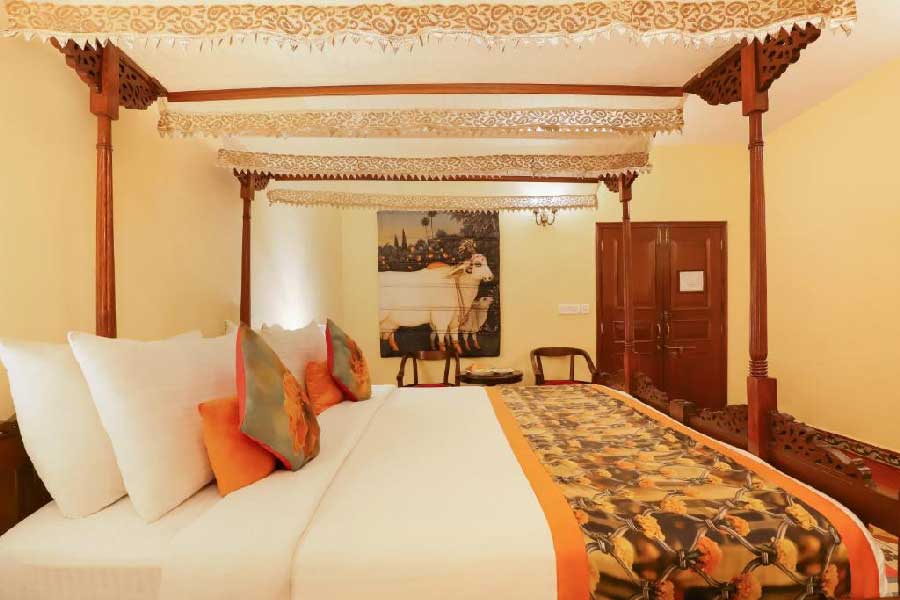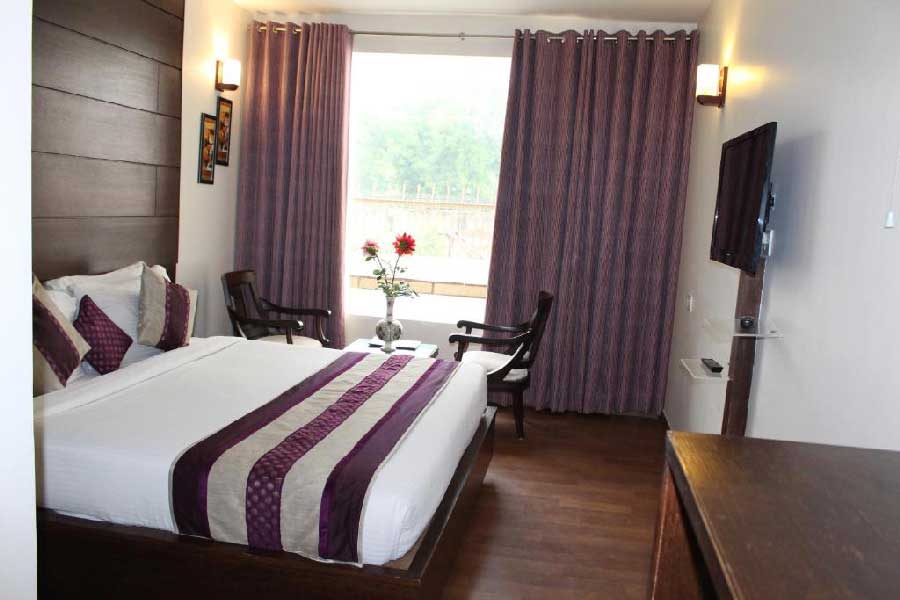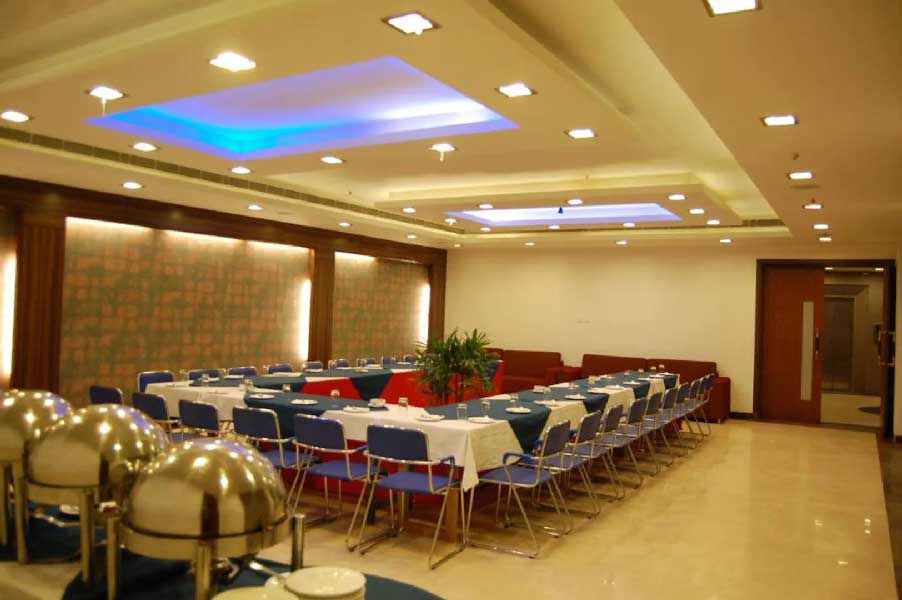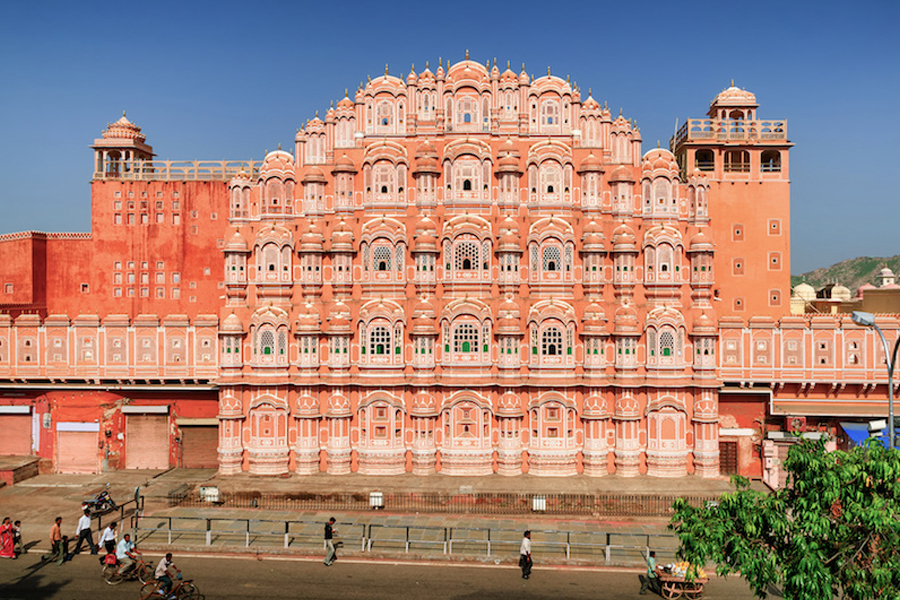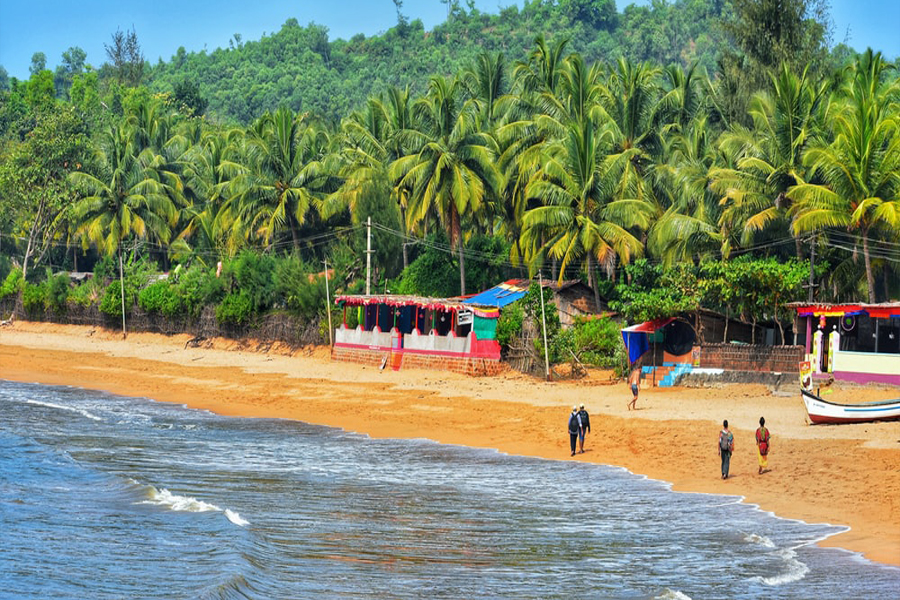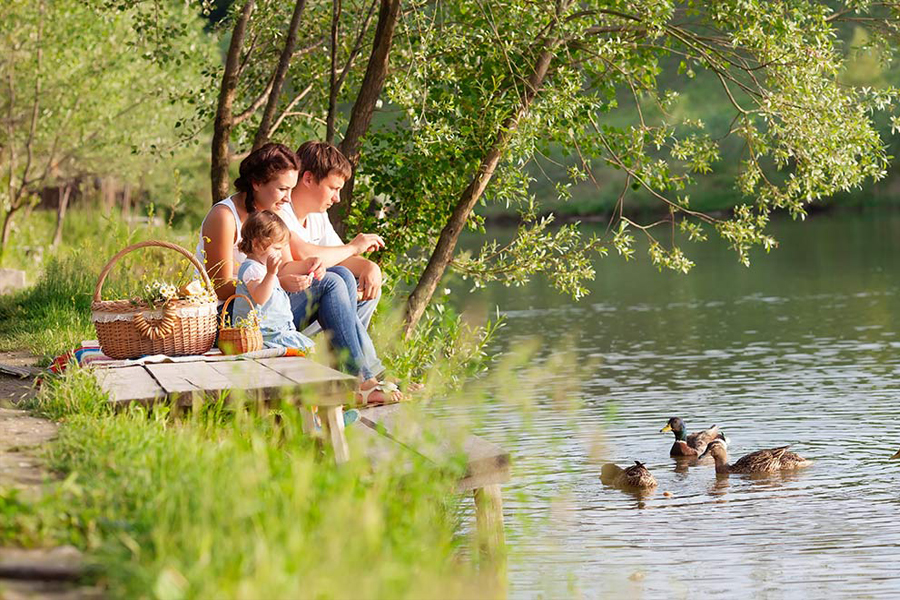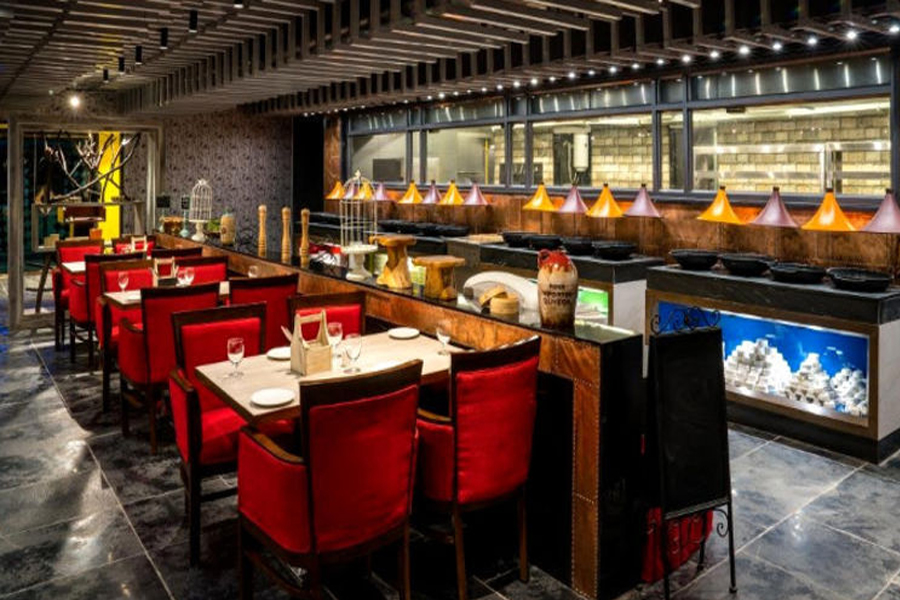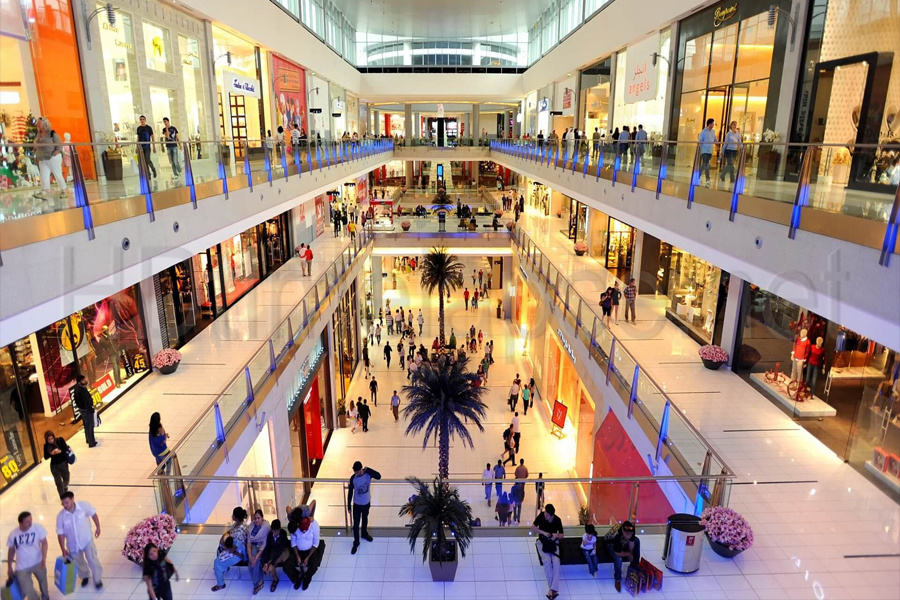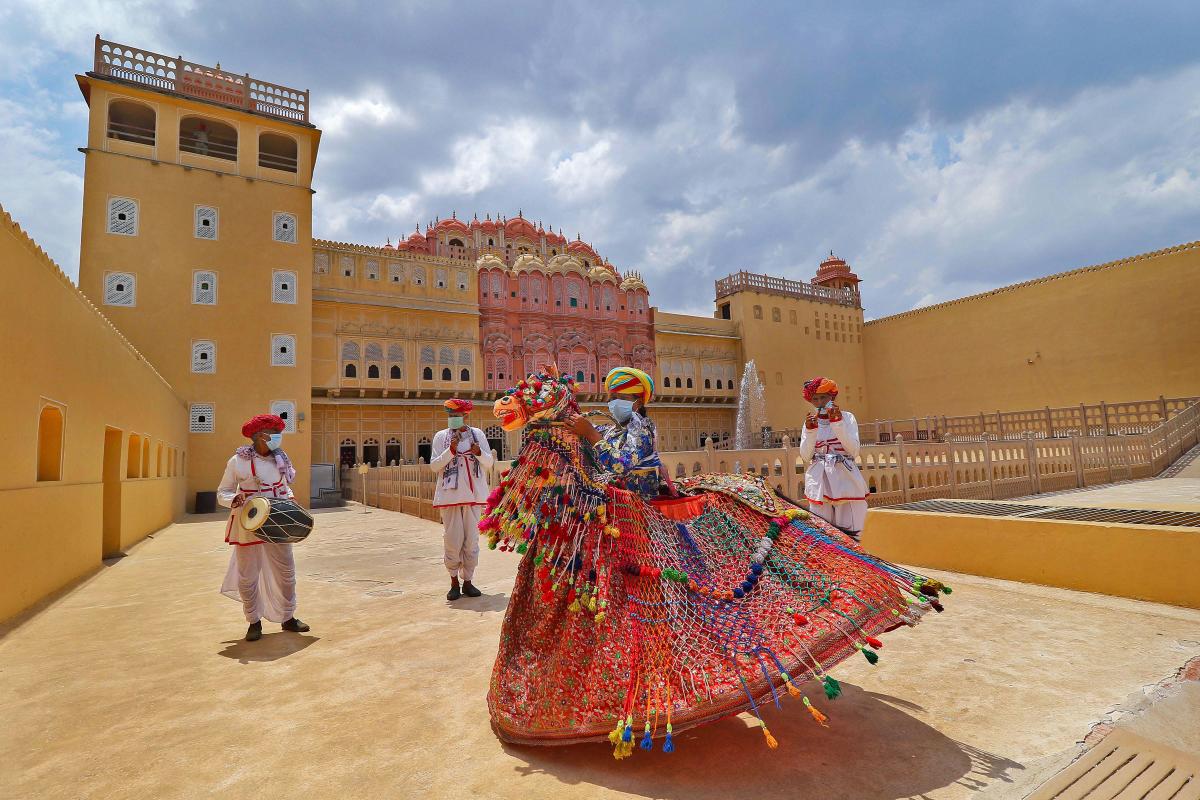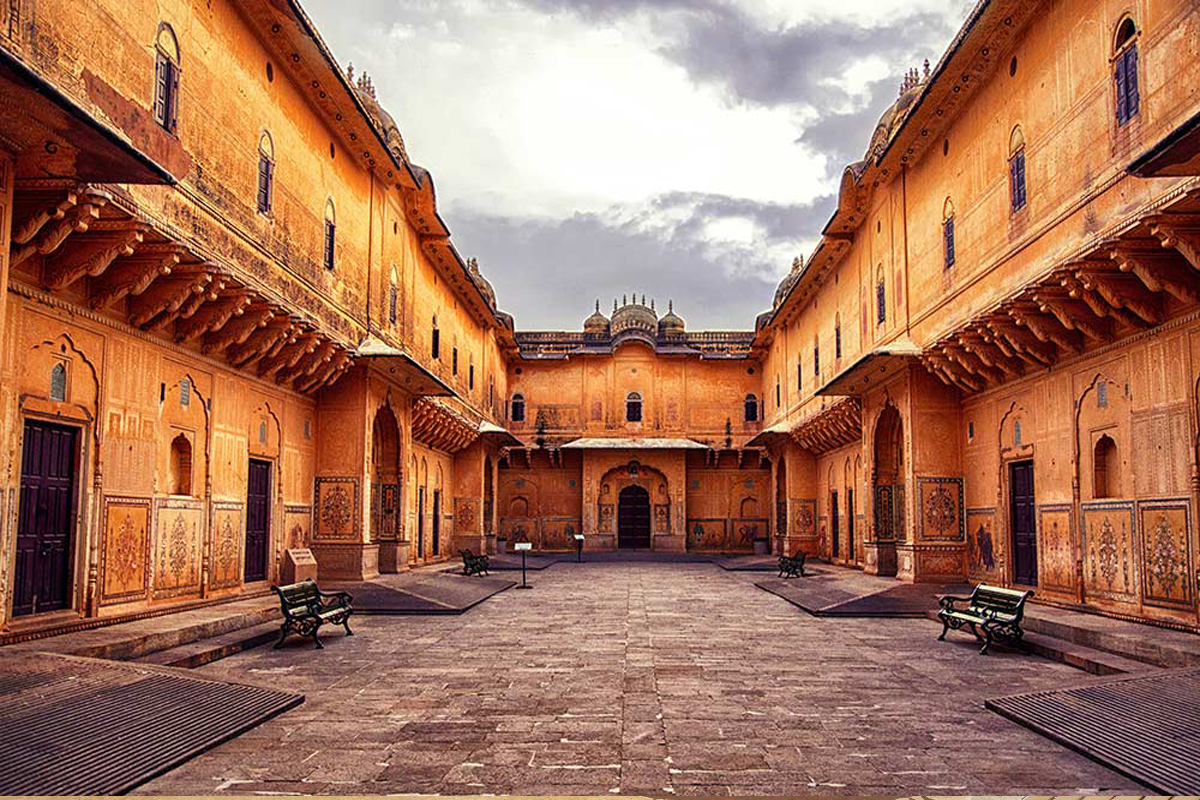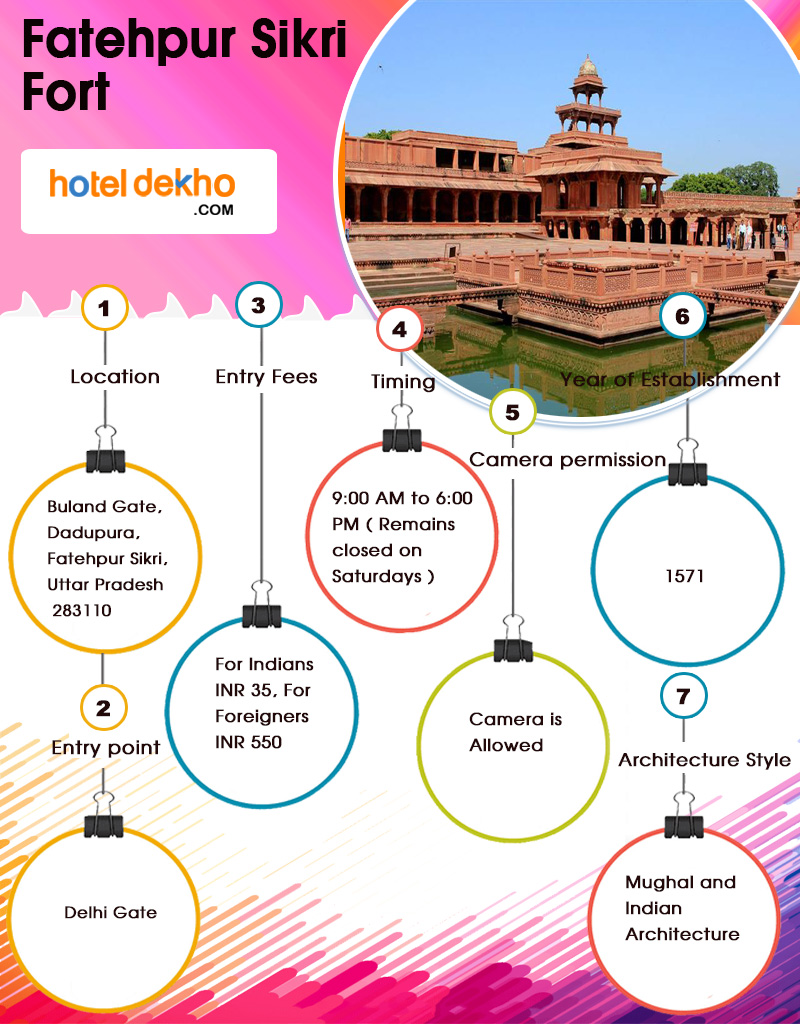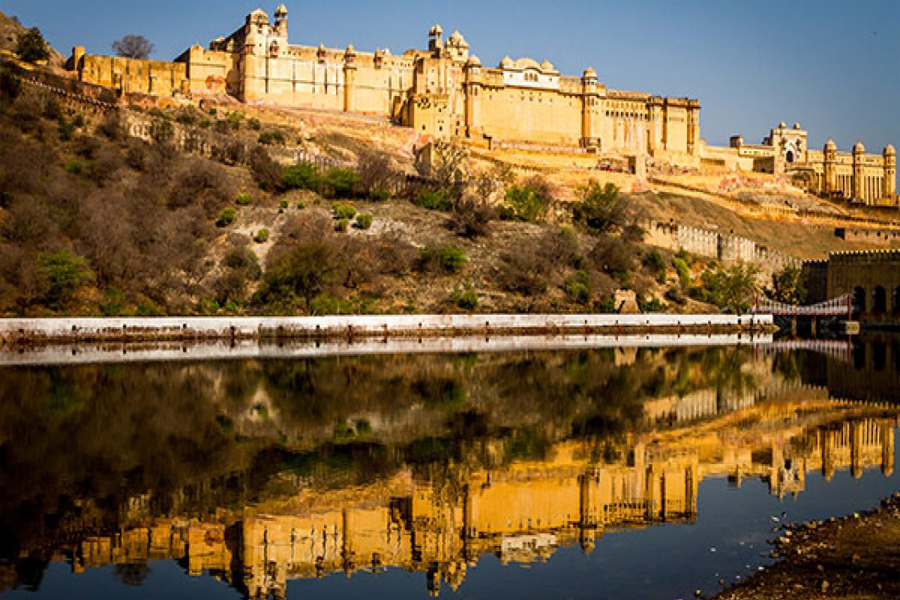Read More on Fatehpur Sikri
History
The Fatehpur Sikri was built by the Akbar in the year 1571. During one of his visits to the Sikri village, Akbar was told about the upcoming birth of his son, the heir to the Mughal throne by the Sufi Saint, Shiekh Salim Chishti. When the prophecy came true Akbar was overwhelmed and decided to build a new capital in the village of Sikri. The city remained Akbar’s capital between 1571-1585. The Fatehpur Sikri history is full of tales and stories.
The Fatehpur Sikri fort has witnessed many successful campaigns by the Akbar, that ultimately led to the expansion of the Mughal Empire. Around the year 1585, Akbar felt the need of changing his capital due to the shortage of water and a constant struggle between Mughals and Rajputs. Ultimately the capital was shifted to Lahore in 1598 and later on it was changed to Agra in 1601.
Marathas, after their conquest of Delhi, took control of the Sikri fort, and the charge of the fort was later on transferred to the British who used the complex as their headquarters. During all these times the mosque inside the fort is not harmed and is still being used to offer prayer. Many parts of the fort took some damage over time.
Architecture
The classic Indo-Islamic architecture can be seen throughout the Fatehpur Sikri fort. Fatehpur Sikri built by Akbar has many carvings, courtyards, and the overall aura of this great fort can easily mesmerize anyone. The fort is surrounded by an eight-km-long wall with various entry points. Buland Darwaza a 55m high structure located on the south wall of the mosque was built to mark the victory of Akbar against the Gujrat ruler.
Jama Masjid according to some historians was the first structure to be constructed inside the fort and the mosque holds great religious and cultural significance. The Tomb of Salim Chishti is a single-storey structure that is constructed in the courtyard of Jama Masjid. The grave of the great saint is placed inside a wooden canopy and decorated with the mother-of-pearls.
Activities
- The Fatehpur Sikri fort complex is so vast that you will get tired while checking out every place. Buland Darwaza is a 55m high gate that is one of its kind and has beautiful designs on it.
- Jama Masjid mosque is a religious place inside the fort that has been used by people to offer prayers since the rule of Emperor Akbar.
- Being a five-storey column structure Panch Mahal is a unique architectural marvel. The columns on every level are engraved with carvings that catch the eye of every visitor.
- Hiran Minar is said to be the topmost tower with a height of 80 feet was used to put a lamp to show the way towards the fort at night.
- Anup Talab is a beautiful water tank constructed with Redstone, you can spend some time there during the sunset.
Tips for visiting
- Try to plan your visit to the Fatehpur Sikri Fort and alot some extra hours to cover the fort entirely.
- Buland Darwaza and Jama Masjid Mosque are two of the very famous places inside the fort that are not be missed.
- The Palace of Jodha Bai is also very beautiful to visit.
- Try not to throw garbage here and there, use dustbins provided by the officials.
- Photography is allowed.
Best time to visit
Cold weather as per many travelers is considered best to visit these vast forts. In the summer season, one can not tolerate the heat and will not be able to enjoy the beauty of the Fatehpur Sikri fort.
Nearby Atractions
- Panch Mahal
- Buland Darwaza
- Birbal’s house
Nearby Hotels
- Hotel Taj Vilas
- Hotel Royale Residency
- Genx Agra
- ITC Mughal Agra
Interesting Facts About Fatehpur Sikri
- The extensive use of Redstone can be seen all around the fort.
- The Fatehpur Sikri was the capital of the Mughal Emperor Akbar.
- Buland Darwaza of the fort was commenced to celebrate the victory over Gujarat.
- Fatehpur Sikri is a UNESCO World Heritage Site.


